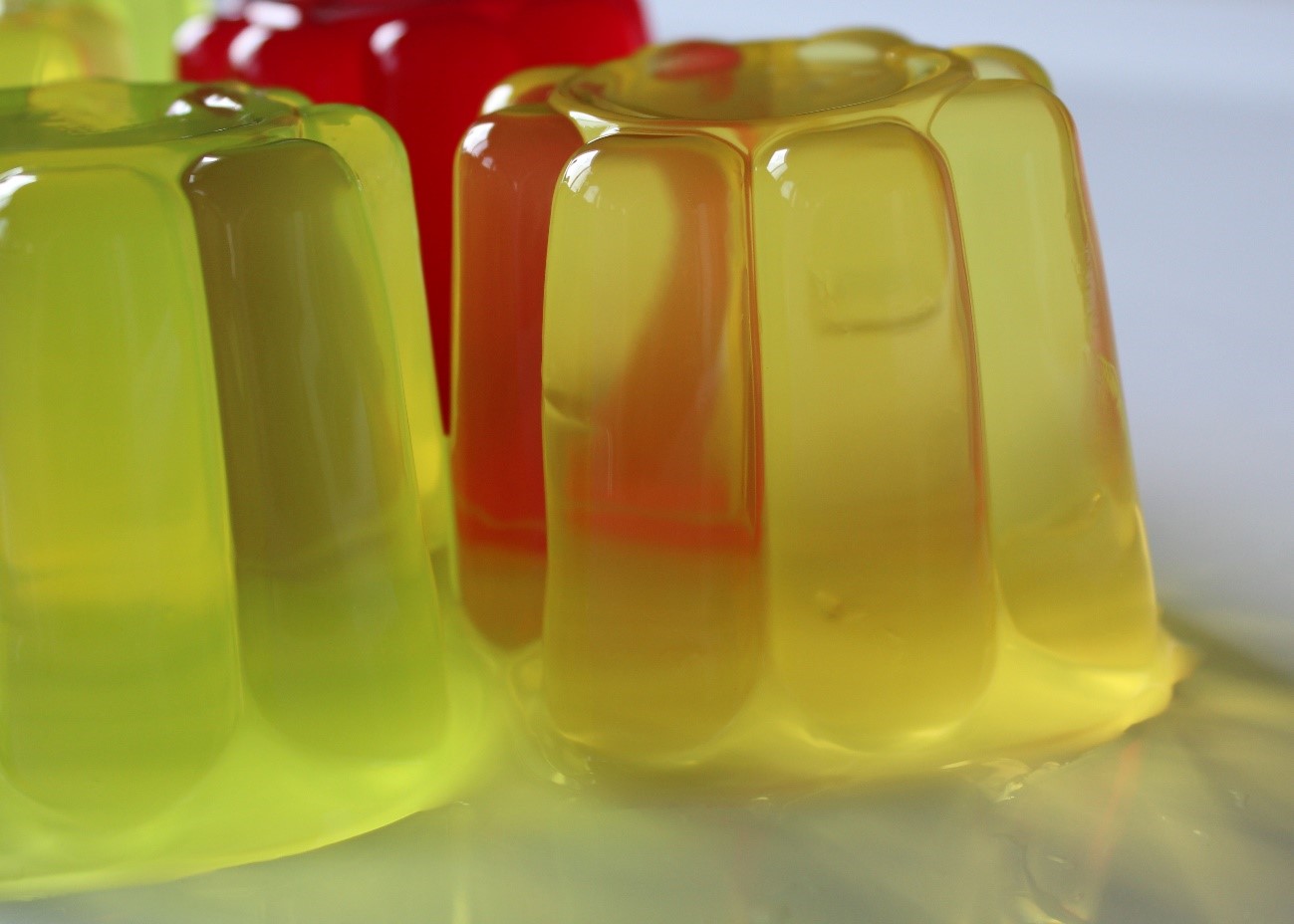Nowadays we are living in a completely opposite situation to that of a few years ago, when meat consumption was on the rise and pulse consumption was reduced as if it were a second-class product. Today, the growing interest in not only healthy but also environmentally sustainable food, as well as other factors such as, for example, concern about the planet’s dubious capacity to feed the world’s population, have inverted the trends, leading to a growing increase in pulse crops and their consumption, and a reduction in meat consumption.
The pea
One of the main sources of carbohydrates and proteins of plant origin are pulses, including peas. In addition, they are high in fibre and provide vitamins and minerals.
Our pea, the yellow pea, contains 25% protein, 50% starch and 14% fibre. Different parts are extracted from it and we offer the food industry this range of plant-based nutrients for different applications. Furthermore, the anti-nutritional factors of our peas are eliminated during the production process of the derivatives obtained, while new technologies practically eliminate the pulse flavour.
Pea protein
As with other pulses, pea protein
has methionine and cysteine as limiting amino acids. Even so, our range shows a very balanced amino acid profile with high digestibility and PDCAAS (digestibility value after applying the correction factor for limiting amino acids) if we compare it with the amino acid intake requirements set by the WHO for the different age groups of the population, and very close to that of soya protein. Therefore, our pea protein has an excellent nutritional value with the advantage over soya that it is not in the list of major allergens.
In addition to the level of digestibility, it is interesting to know the speed of digestion because, depending on this, these characteristics can be used in different applications. Within our range of pea protein isolates, we find references with a medium-high speed, and other references with a high speed similar to whey. The latter, for example, are very useful in vegan recovery drinks for athletes.
It has satiating effects contributing positively to intake reduction. It has a beneficial effect on the glycaemic response to high-carbohydrate drinks, for example, by reducing glucose peaks associated with moderate insulin release. And it contributes to the strengthening of muscle mass, an interesting property in the case of athletes, the elderly or certain diseases.
By subjecting pea protein to high temperature and pressure processes, we obtain the range of textured products, thus widening the field of applications such as, for example, the substitution of animal protein for the production of meat-like vegan products.
Pea crop
Pea crop has a positive impact on the environment compared to other commonly used vegetables such as soya or animal protein: water consumption, land use and CO2 release are much lower.
As a pulse, it fixes nitrogen and thus has a beneficial influence on soil fertility, which has a positive impact on pea crop. This increases the yield of these crops and reduces the use of nitrogen fertilisers.
Our supplier’s commitment to this interesting source of protein has led it to increase its production capacity, making it the largest pea processor in the world. And all this while using 100% green electricity and offering all the quality certifications required today.
France is the main producer of yellow peas in Europe, and Canada in the world. It is precisely from these countries that our peas originate, in the same area as the production plants. Once again in order to contribute to sustainability.
Pea protein production process
The control of our peas goes further, as traceability is not only in production but also from the origin, thanks to the established agronomic route sheet: identification of varieties, optimised agronomic practices, restricted and controlled use of products for plant protection, traceability from the seeds to the production plant and special logistics to avoid cross-contamination with wheat or soya, for example.
Another interesting aspect is the valuation of each of the pea fractions, avoiding the waste of any part of this organic matter. In addition to pea protein, starch and fibre are extracted, some of which are also used in industries other than the food industry.
It is a unique patented extraction process based on mechanical methods without the use of organic solvents but only water. The process consists of milling, mechanical separation, mainly by centrifugation, to obtain the starch and fibre. The protein is then separated by precipitation. And finally comes the drying phase.
Range of pea derivatives
Within the pea protein ranges, both in isolates and textured options, there are several references adapted to different applications and production processes.
Among the properties characterising the isolates, we find some that are more functional, others that are easier to dissolve, or low in sodium. Among the textured ones, there are different sizes, water retention capacities, etc.
Do you want to know more? Contact us



